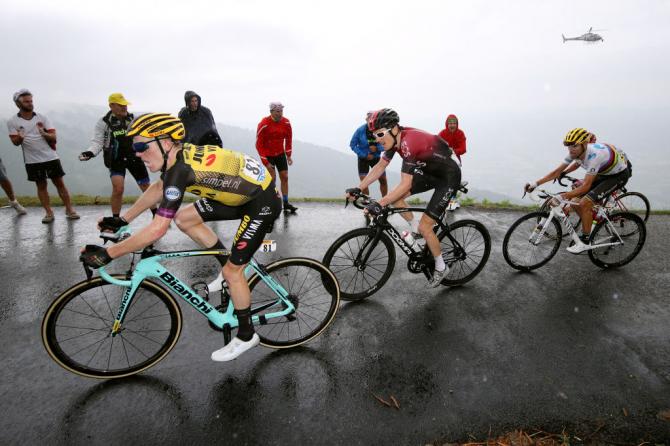Into thin air: How altitude will shape the Tour de France finale
Cyclingnews talks to altitude specialist and Wanty-Gobert coach Samuel Bellenoue
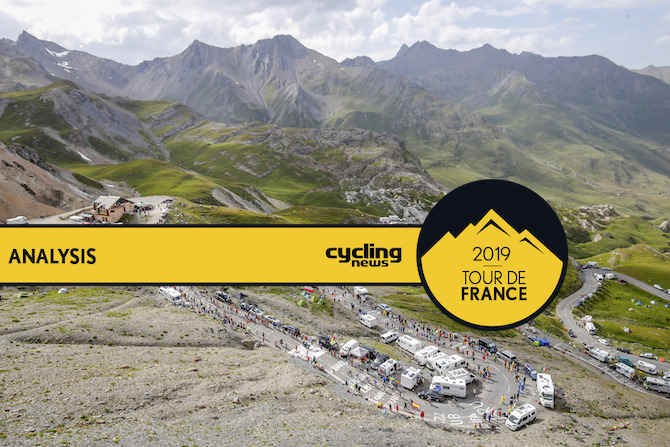
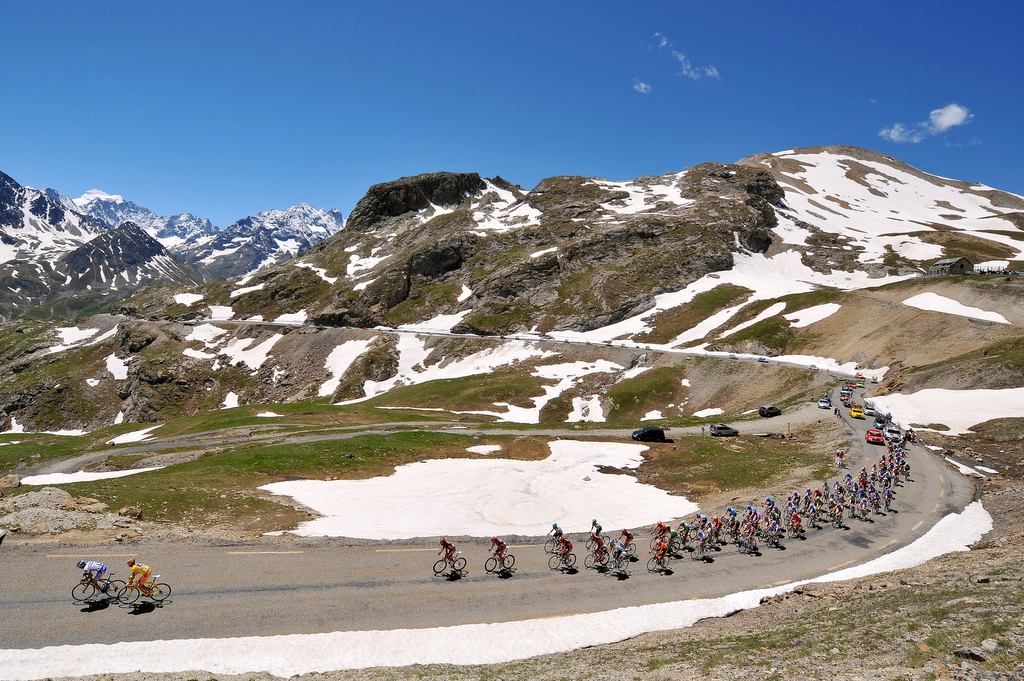
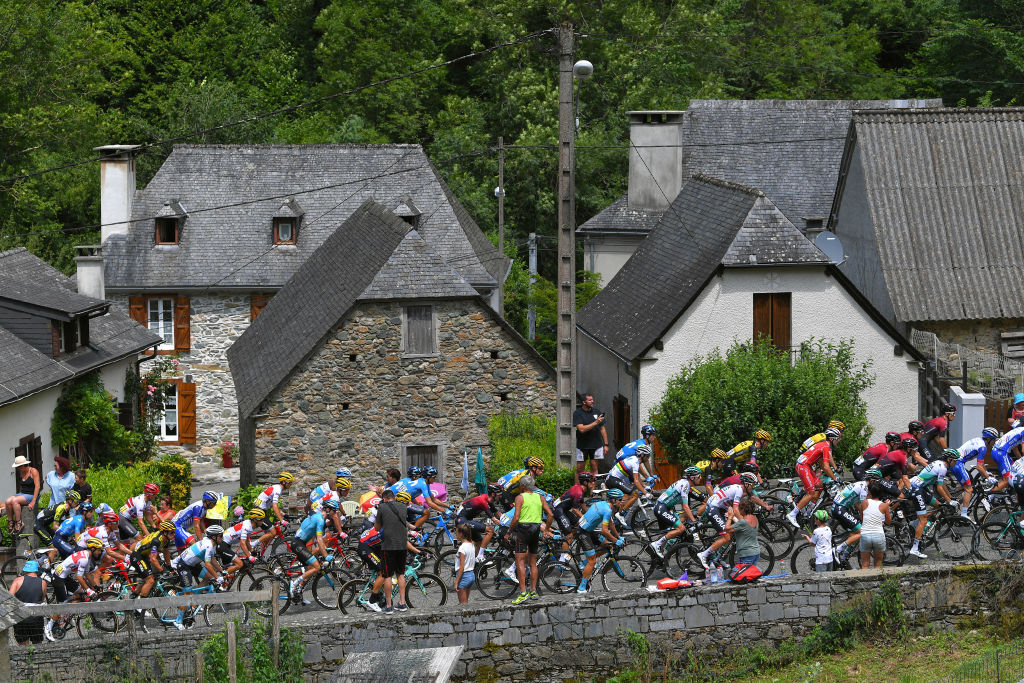
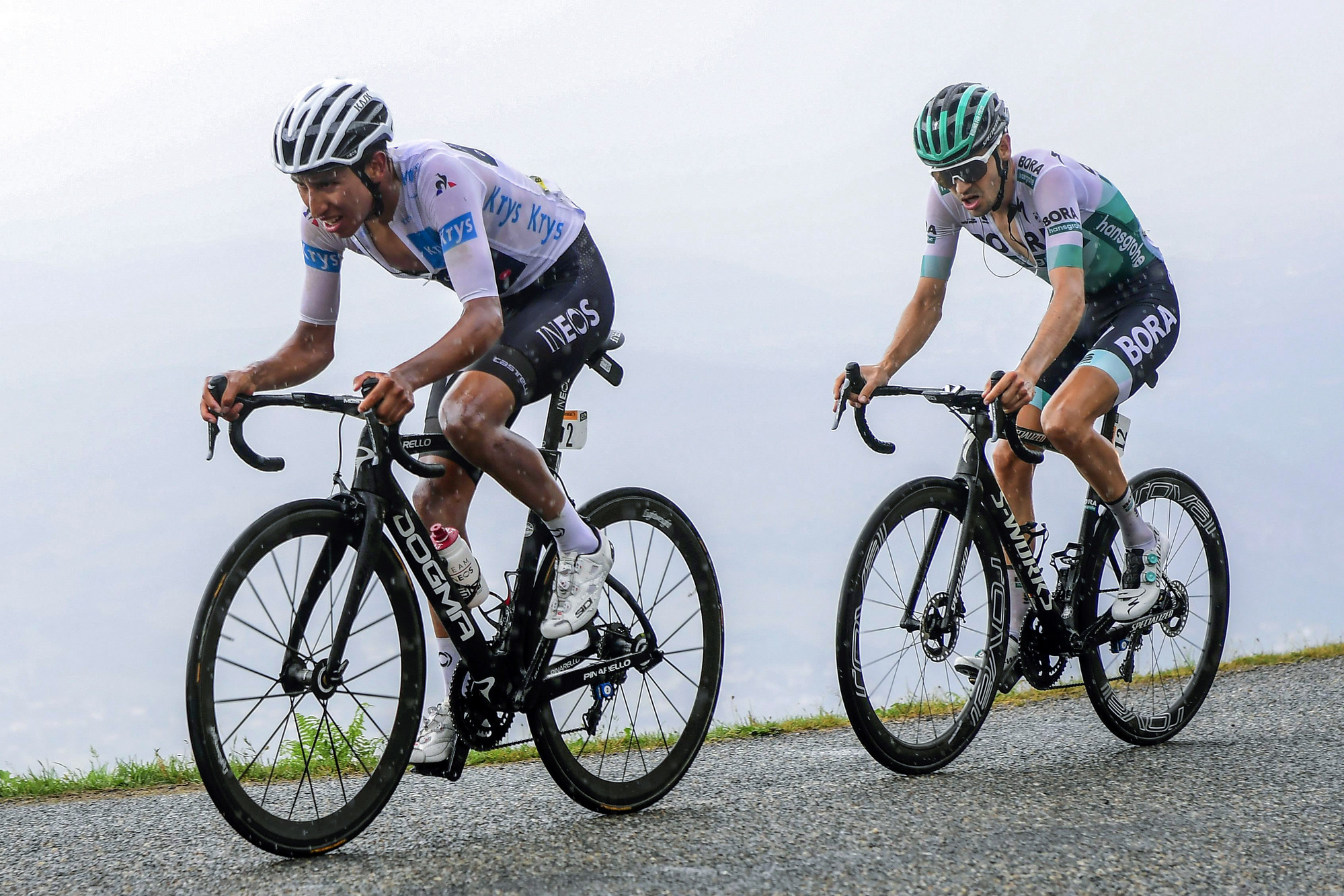
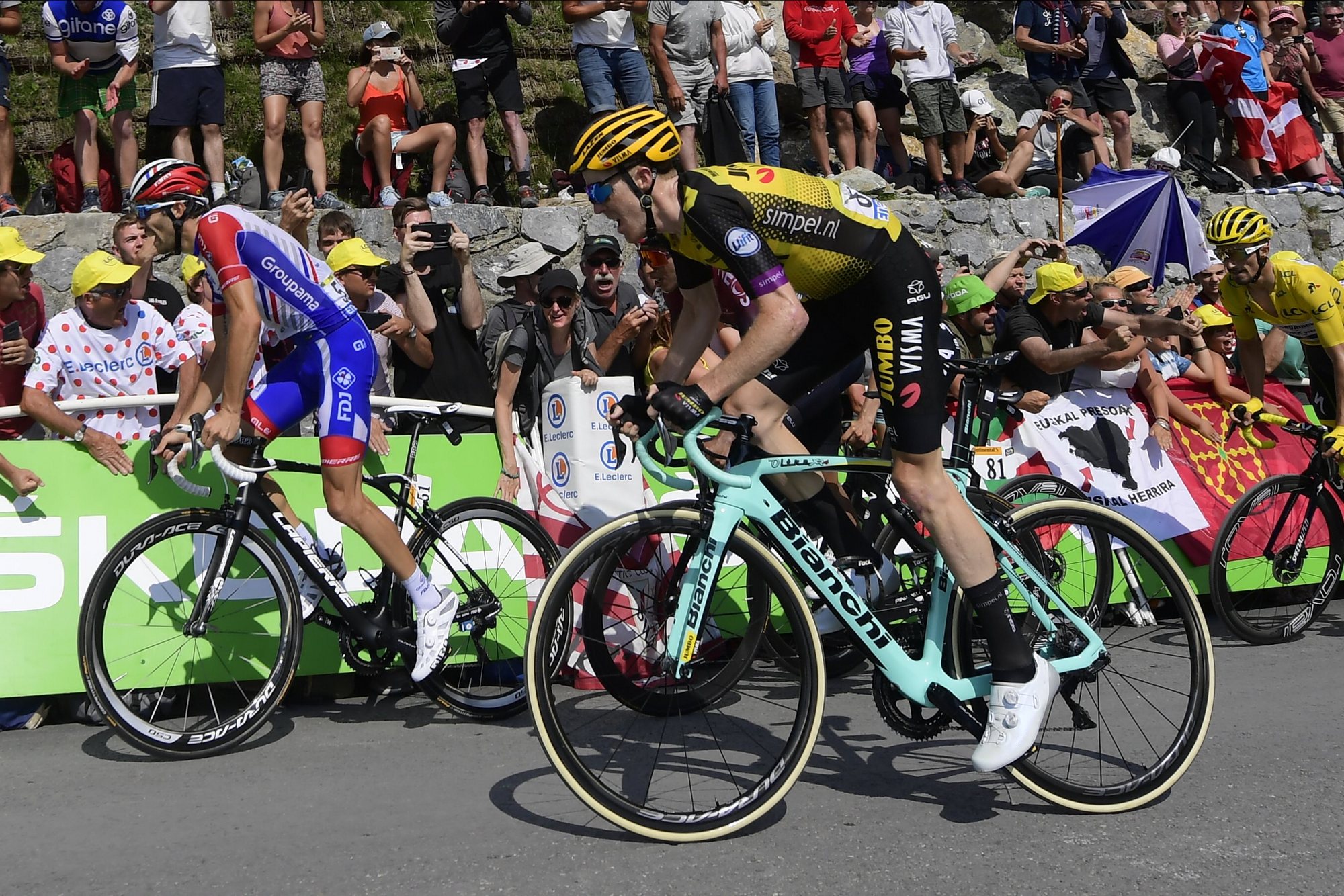
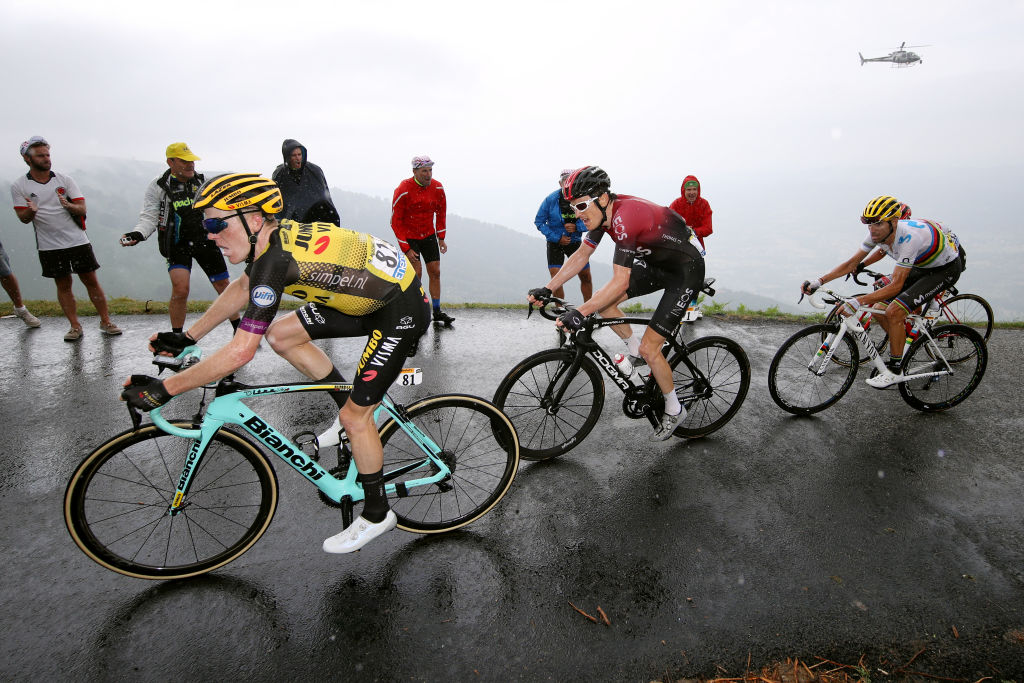
The 2019 Tour de France was billed as the 'highest' for many years, with no fewer than seven climbs that break through the 2,000-metre altitude barrier. Six of them are to be found in the Alps over the next three days, which will decide the race once and for all.
With altitude such a key theme, and potentially such a decisive factor in the outcome of the race, Cyclingnews spoke to an expert to get a better understanding of how it affects performance.
Samuel Bellenoue is the head of performance at Wanty-Gobert, and is a specialist in altitude training. He used to run AG2R La Mondiale's training camps in Sierra Nevada in southern Spain, where Romain Bardet can be found performing sprints 3,000m above sea level, and Bellenoue gave us the low-down on how altitude might shape the Tour.
Climbs above 2,000m in the final three stages:
Col de Vars – 2,109m
Col d'Izoard – 2,360m
Col du Galibier – 2,642m
The latest race content, interviews, features, reviews and expert buying guides, direct to your inbox!
Col de l'Iseran – 2,770m
Tignes – 2,089m
Val Thorens – 2,365m
Cyclingnews: Samuel, what are the physiological effects of racing at altitude?
Samuel Bellenoue: It's mainly about oxygen, as you're going to have less of it taken in by the lungs. Why? It's not because the air is 'thinner' but because the atmospheric pressure is lower. If you take the same volume of air, there's going to be less oxygen contained in there, and since oxygen is basically our aerobic fuel, that means metabolic function will be diminished from anywhere between five and 10 per cent.
CN: Is that figure broadly applicable or does it depend more on the individual?
SB: It depends entirely on the individual. The effects vary greatly from one person to another. It will be felt differently according to your genetic make-up, your acclimatisation, your state of fatigue, even your state of mind.
CN: What are the effects on performance?
SB: You're going to see a drop in power. Broadly speaking, if oxygen saturation in the blood drops by 10 per cent, then the number of watts you can push for a certain amount of time will drop by 10 per cent.
A big change at altitude is your ability to recycle lactate. So if you attack, it's going to take longer to recover from it. At high altitude, it's effectively more difficult to prolong an attack, and more difficult to produce repeat attacks.
CN: What kind of rider copes best with altitude?
SB: What lies ahead will favour the seasoned riders – those who have experience at altitude. That might be natural – the so-called 'altitude natives' who live at high altitude for prolonged periods of time – but it also applies to riders who regularly go off to high altitude for training camps. Through multiplying your exposure to high altitude, you become more at ease with it.
CN: Why exactly is that the case?
SB: There are two things here. The first is the physiological acclimatisation, which is basically our body learning how to make better use of the oxygen available, with enhanced muscular output as a result. When oxygen is diminished, your body will increase its oxygen carriers – so red blood cells, and haemeglobin, which is contained within. That's the first and most important adaptation.
But there's also science that has been put forward that shows a significant adaptation factor at muscle level. To put it in simple terms, you optimise the oxygen's journey to the muscles when it arrives at the periphery of the muscles in the capillaries. You optimise, on the one hand, its entry into the muscle cell and, on the other, its uptake by the mitochondria, which produce energy. So we have, at the same time, central adaptation and local adaptation, combining to optimise use of oxygen.
There's also a psychological factor in terms of learning how to manage efforts at altitude. When you're new to it, you can feel quite destabilised, light-headed and short of breath, with pressure in the chest. When you're doing maximal efforts, you're more sensitive to exterior stimuli, and more likely to lose focus. If you're not used to altitude, you might panic that your body isn't working properly and you knock off your intensity. You mentally crack, because you don't know about the stress of altitude. Someone who goes regularly is familiar with the demands it places on the body. They know how much they need to adjust – say, 15 watts – or maybe use the heart rate as their indicator of intensity. They know how to manage themselves better, basically.
CN: What effect does the heat have?
SB: The properties of heat are amplified at high altitude. So if it's hot up there, the stress of altitude is going to be heightened. If you're at 2,200 metres – and if it's very hot – it will be like you're at 2,500m on a normal day.
CN: How do you train for altitude?
SB: The new training methods, which corrected the historical ones around 20 years ago, are based around 'train low, live high'. So you sleep at high altitude, but most training sessions are done between 600m and 1,500m. That helps train your aerobic base. Obviously on altitude camps we sometimes do long climbs and go up to 2,000m, and above, but 70-80 per cent is done below 1,500m.
CN: What about those sprints we've seen Bardet doing above the snowline?
SB: That ties in with what I was saying about the muscular adaptation. There are new methods that have been developed over the past 10 years, which involve hypoxic efforts. What we used to do with Romain was repeated sprints at over 3,000m. So you make a very intense effort with a very low level of oxygen available. That's not the majority – just some sessions.
CN: Finally, how do you see the altitude impacting the denouement of this Tour de France?
SB: It's hard to talk about altitude on its own. You also have to talk about fatigue, form, and the heat, and it's also worth pointing out the length of the climbs. The Galibier and Val Thorens are efforts of nearly one-and-a-half hours – so nearly double the longest we've had so far, which was the Tourmalet at around 50 minutes.
The guys with experience – both of three-week races and of altitude – will have an advantage. For me, Geraint Thomas [Team Ineos] is the most competent when it comes to taking on the final three Alpine stages. [Ineos teammate] Egan Bernal has natural experience of altitude, but has inexperience in three-week races.
Then you have guys like Mikel Landa [Movistar], Thibaut Pinot [Groupama-FDJ] and Steven Kruijswijk [Jumbo-Visma] who have been strong in the third week in the past. Pinot is sensitive to the heat, but has worked on it.
Different riders will have different levels of fatigue. So there are lots of points, and altitude sort of brings everything together. It's the combination of factors that will have an impact on the overall outcome.
Patrick is a freelance sports writer and editor. He’s an NCTJ-accredited journalist with a bachelor’s degree in modern languages (French and Spanish). Patrick worked full-time at Cyclingnews for eight years between 2015 and 2023, latterly as Deputy Editor.
